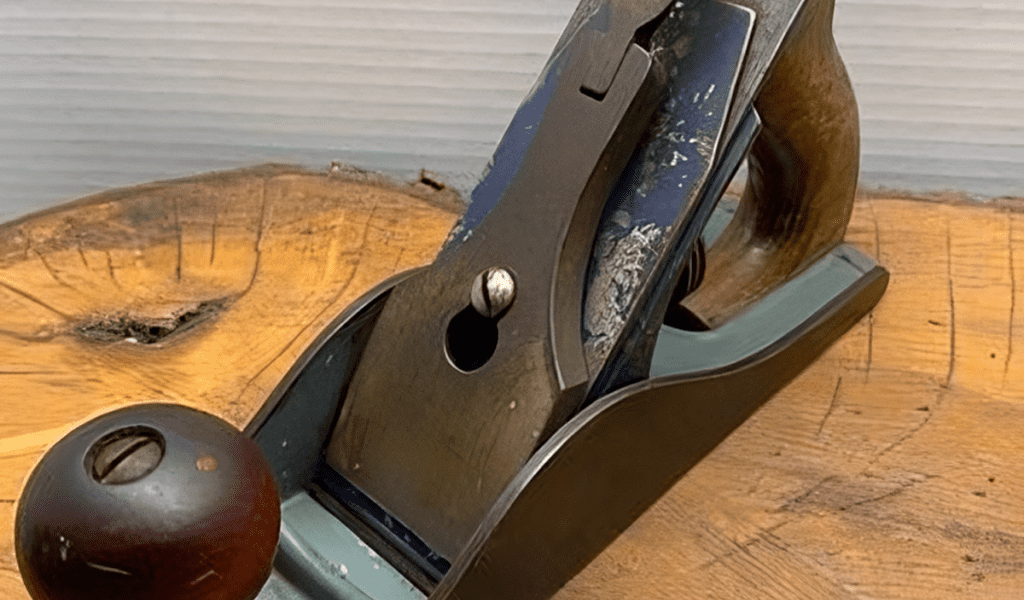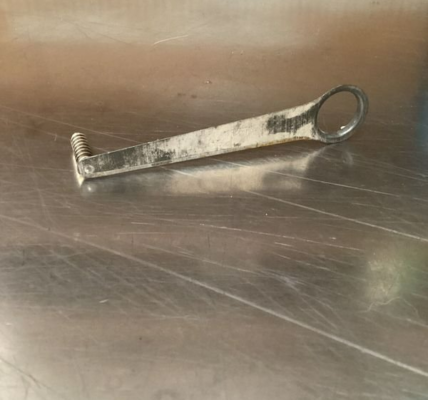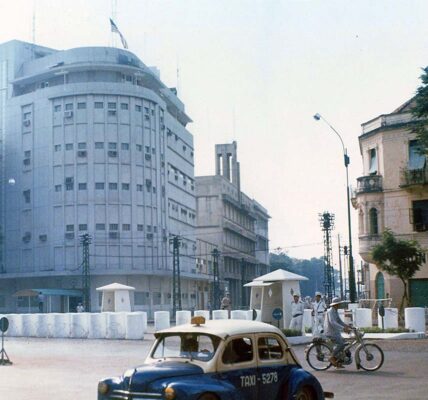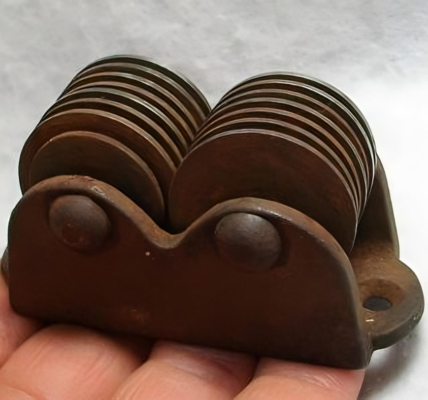The Stanley Smooth Wood Plane stands as an icon in the world of woodworking, embodying over a century of ingenuity, precision, and craftsmanship. Known for its durable construction and exceptional performance, this classic hand tool has played a pivotal role in shaping the woodworking practices of both professional craftsmen and hobbyists alike. Join us as we explore the rich history, versatile uses, and lasting legacy of the Stanley Smooth Wood Plane.
The History of the Stanley Smooth Wood Plane

Wood planes have ancient origins, with early examples discovered in Roman ruins. These early planes were rudimentary, crafted from wood and iron, but they allowed carpenters to shape and smooth timber with newfound precision. However, it wasn’t until the 19th century that the wood plane underwent significant transformations, leading to the development of the iconic Stanley Smooth Wood Plane.
The Founding of Stanley Rule and Level Company
The story of the Stanley Smooth Wood Plane begins with the establishment of the Stanley Rule and Level Company in 1857 by Frederick T. Stanley in New Britain, Connecticut. Initially focused on manufacturing hardware, Stanley soon expanded its product line to include high-quality woodworking tools. The company’s move into hand planes was a game-changer for the woodworking industry, as it introduced tools that combined utility with superior craftsmanship.
Stanley’s Acquisition of Leonard Bailey’s Designs
In 1869, Stanley acquired the patents of Leonard Bailey, a highly skilled inventor known for his innovative metal-bodied planes. This acquisition marked a turning point for Stanley, as Bailey’s designs offered increased durability, precision, and adjustability compared to traditional wooden planes. Stanley adopted and refined these designs, establishing itself as a leader in the hand tool market.
The Introduction of the Bailey Line
Stanley’s Bailey line, named in honor of Leonard Bailey, became synonymous with quality and craftsmanship. This line featured various types of planes, including block planes, jointer planes, and the renowned smooth plane. The Stanley No. 4 Smooth Plane, in particular, emerged as a favorite due to its versatility and ability to produce an exceptionally smooth finish on wood surfaces, making it a go-to tool for both professionals and hobbyists.
How to Use the Stanley Smooth Wood Plane
The Stanley Smooth Wood Plane excels at smoothing and flattening wood surfaces, making it indispensable for carpenters, furniture makers, and craftsmen. With each pass, the plane removes a thin layer of wood, leaving behind a polished, flawless surface that speaks to the skill of its user.
Components of the Stanley Smooth Wood Plane
Understanding the parts of the Stanley Smooth Wood Plane is essential for mastering its use. Here’s a breakdown of its key components:
- Body: The main structure, typically made from cast iron, provides stability and weight, which aids in smooth operation.
- Iron (Blade): The adjustable blade, known as the iron, is sharpened to shave off fine layers of wood.
- Frog: This metal piece holds the blade at a precise angle, allowing for fine adjustments to control the depth of the cut.
- Cap Iron: Placed on top of the blade, it reduces chatter and keeps the cut smooth.
- Lever Cap: This secures the iron and cap iron in place, ensuring consistent pressure during use.
- Handle (Tote) and Knob: These provide grip and control, allowing for comfortable, steady planing strokes.
Operating the Stanley Smooth Wood Plane

Using the Stanley Smooth Wood Plane requires a few simple steps, but it’s a process that invites attention to detail and patience:
- Adjust the Blade: Set the blade depth and angle based on the desired finish. A shallow cut is best for fine smoothing, while a deeper cut can remove larger imperfections.
- Planing Technique: Grip the plane firmly with both hands and push it along the wood surface in smooth, controlled strokes. Maintain even pressure to ensure consistent results.
- Inspect Your Work: Regularly check the surface of the wood to assess the smoothness. Make adjustments to the blade as needed to achieve the perfect finish.
The Versatility of the Stanley Smooth Wood Plane in Woodworking
The Stanley Smooth Wood Plane’s design makes it highly versatile, allowing it to handle various woodworking tasks with ease. Here are a few ways in which woodworkers use this iconic tool:
- Smoothing Rough Lumber: The plane’s primary function is to create a polished finish by removing imperfections from rough lumber.
- Jointing Edges: The Stanley Smooth Wood Plane is ideal for straightening edges, ensuring a precise fit when joining boards.
- Trimming and Shaping: It can adjust the dimensions of a piece and shape gentle curves, making it useful for detailed work.
- Final Finishing Touches: The plane’s ability to produce an incredibly smooth surface makes it perfect for adding the final touch to a project, enhancing both appearance and feel.
The Legacy of the Stanley Smooth Wood Plane

The Stanley Smooth Wood Plane holds a special place in woodworking history. Despite the rise of power tools, many artisans continue to rely on this classic hand tool for its tactile precision and control. Its legacy endures through the generations, reflecting a timeless commitment to quality craftsmanship.
Enduring Popularity Among Craftsmen
Even in an era dominated by technology, the Stanley Smooth Wood Plane remains a favorite among woodworkers. Its balanced design and reliable performance make it a tool that artisans return to again and again. Many modern woodworkers appreciate the tactile connection to their craft that only a hand plane can provide, allowing them to feel the wood grain with each pass.
Influence on Contemporary Tools
Stanley’s innovative designs have left a lasting mark on modern hand tools. Many contemporary planes are modeled after Stanley’s original designs, incorporating advanced materials while preserving the timeless principles of precision and control. The Stanley Smooth Wood Plane’s influence is evident in today’s woodworking tools, which continue to prioritize functionality, durability, and quality.
Collectibility and Historical Significance
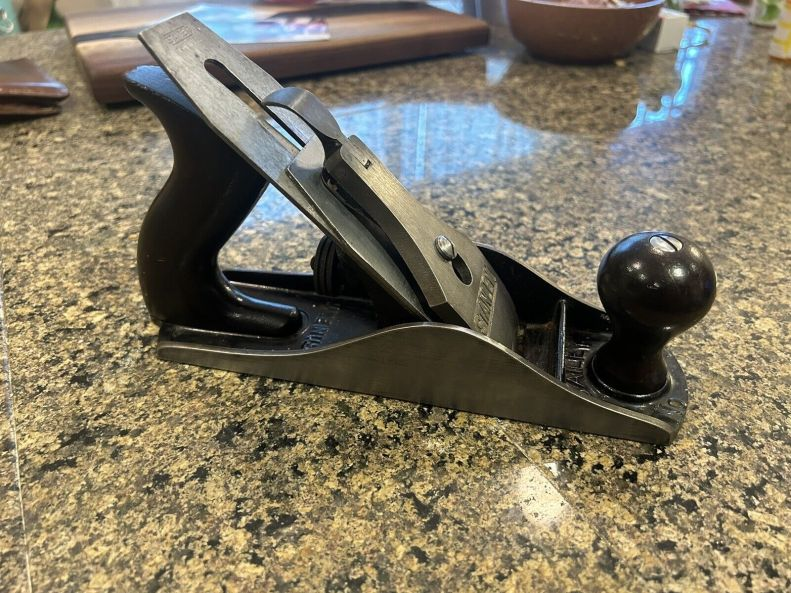
Vintage Stanley planes are highly collectible, sought after by woodworking enthusiasts and collectors alike. These tools not only carry historical value but also showcase the evolution of craftsmanship. Well-preserved Stanley planes can command high prices at auctions and antique shops, reflecting the enduring legacy of these cherished tools.
A Symbol of Artistry and Dedication
The Stanley Smooth Wood Plane is more than just a tool; it’s a symbol of the artistry and dedication that define woodworking. In a world where speed often trumps quality, the hand plane stands as a reminder of the patience and skill involved in creating works of beauty and function. It connects us to a time when artisans shaped wood with precision and care, leaving behind a legacy of excellence.
Conclusion: The Stanley Smooth Wood Plane – A Timeless Companion for Woodworkers
The Stanley Smooth Wood Plane continues to inspire craftsmen around the world, embodying the spirit of ingenuity and artistry that has defined woodworking for centuries. With its rich history, versatile use, and lasting impact on the industry, it remains a cherished tool in workshops worldwide. Whether you’re a seasoned craftsman or a passionate hobbyist, the Stanley Smooth Wood Plane offers a tactile connection to the craft, allowing you to experience the beauty of woodworking with every smooth stroke.
